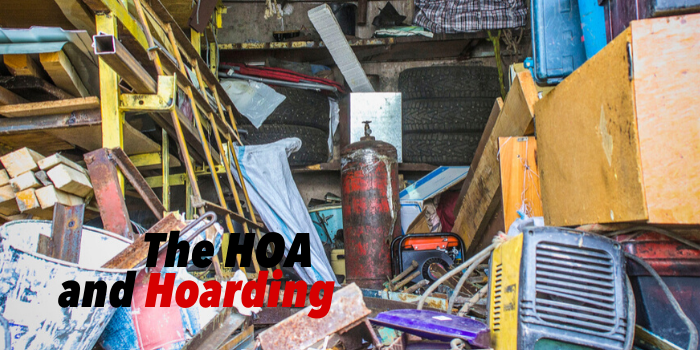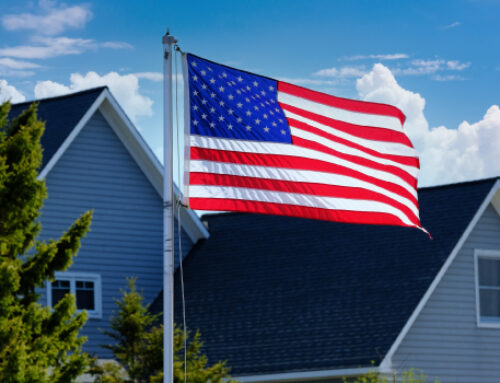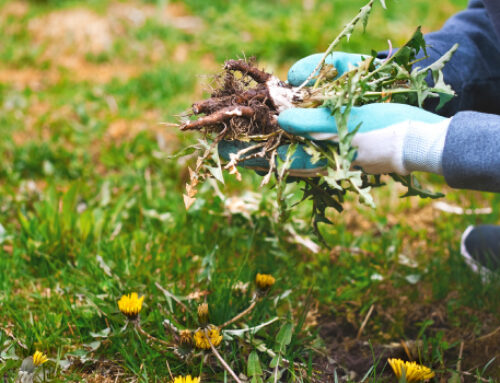According to the American Psychiatric Association, hoarding is a clinical disorder. However, not everyone who lives in a messy house qualifies as a hoarder! Hoarders can pose issues within HOAs, but this is a touchy situation that must be handled with care.
Hoarding often implies mental health issues, and HOA boards must tread lightly and be aware of the legal issue of disability accommodation. If the behavior does not endanger or materially affect others, the association must make reasonable accommodations for the behavior.
The Risks of Hoarders
Hoarding presents the biggest problem in multi-family unit setups, such as condominium buildings. This is because hoarding presents dangers to both the owner of the unit and other owners. There are 4 main dangers associated with hoarding:
- Fire risk – not only can fire spread rapidly throughout units that are full of junk, but the clutter can also prevent first responders from doing their job during an emergency.
- Pest infestations, which can spread to other units.
- Mold issues, which can spread through vents and walls and cause immense damage.
- Visible debris from outside the unit is unsightly and will damage property values.
Given these dangers, how can an HOA best deal with hoarding issues?
Determine the Risk Level
The HOA has a responsibility to handle hoarding issues when the situation is threatening the life, safety, and/or health of themselves and/or others. This is easier to do when the problem is visible from the outside, but when the problem exists on the inside of the unit, it gets trickier.
Upon suspicion of hoarding, the board has no right to simply go into a privately-owned unit for inspection. However, there are provisions that give valid reasons for inspections, such as inspecting fire sprinklers and/or balconies. Alternatively, local code compliance offices can visit the units, or the association’s insurance company can schedule health or fire compliance inspections.
Getting Involved
Once the hoarding problem has been confirmed, it is best to start with the least intrusive remedy option first, then work your way toward more aggressive solutions. Talk to the owner and offer help. Though this will not likely work with a clinical hoarder, it is worth a try. It may be worthwhile to get the family involved, if possible. You can also offer community assistance with cleaning and junk removal, suggest specialized cleaning services, or provide referrals to counseling services that can address the hoarding behavior. If none of these options work, will likely have to get a third party involved. You can report the homeowner to the local Department of Health. Your last option should be to take legal action, though this can be costly and ultimately ineffective at solving the problem.
Check the Governing Documents
It is a growing trend for associations to include provisions in the governing documents that allow the HOA the ability to investigate and take necessary action to address hoarding problems before they become dangerous. Such provisions give the association the ability to address a condition within a unit that would jeopardize safety of other owners. Additionally, some governing documents may include provisions that give the HOA tools to demand change, even without giving the HOA inspection privileges. Having a hoarding clause will give the HOA a legal remedy to the problem if legal recourse becomes inevitable.







